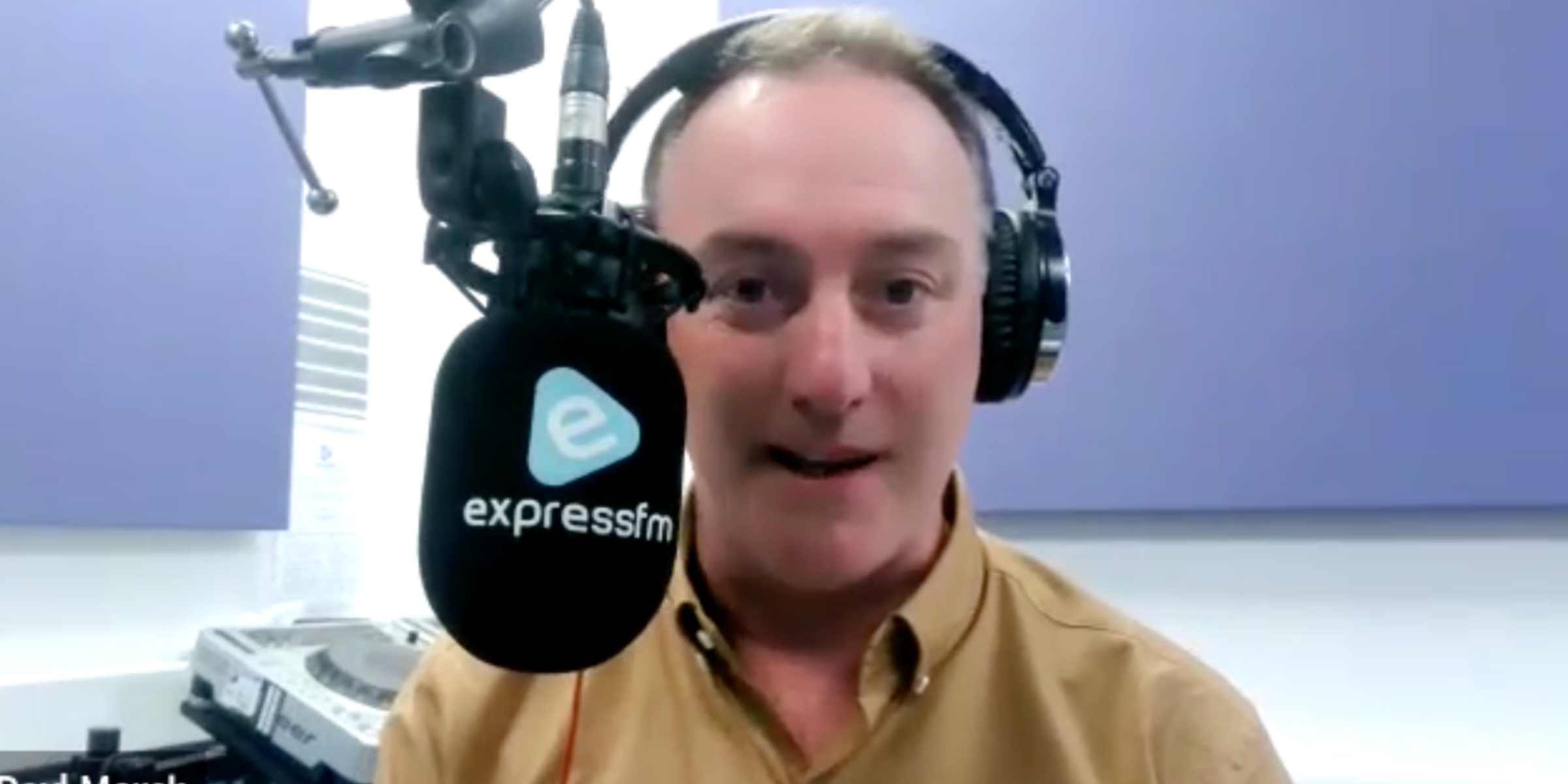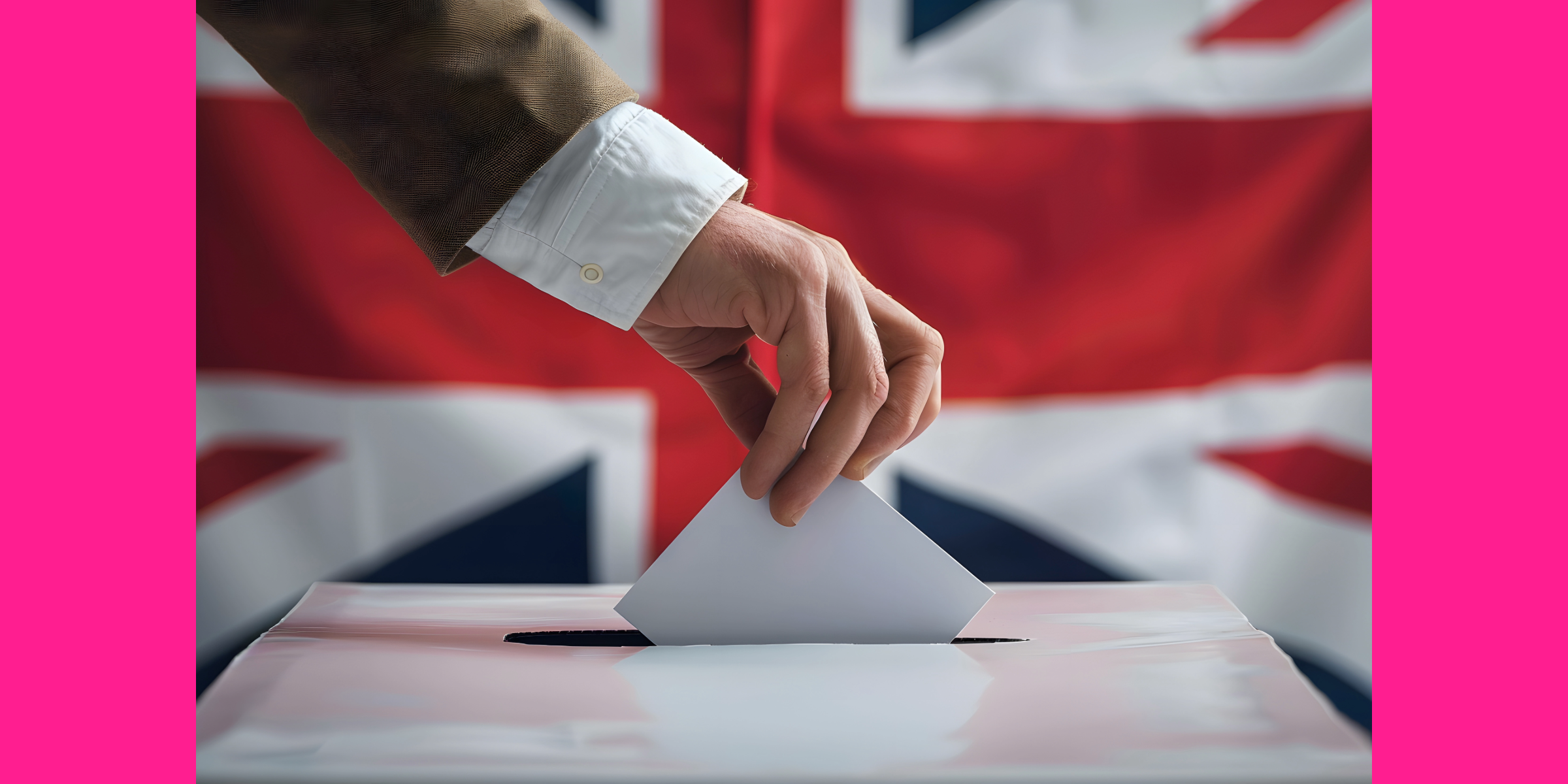What is a press release?
Before telling you HOW to write a good press release, it makes more sense to first discuss what a press release is. A press release is your company’s voice to the world. It’s a way of telling the media and beyond what’s going on, for good and bad. You’re sharing a narrative with a wider audience and you’re taking editorial control of what you want to say. It’s crucial then, that you get it right!
Press releases are an essential part of public relations and this blog is a guide to writing a press release, so that you attract the attention of your target journalists, not just disappear into a big black hole.
Different types of press releases
There is good news and there is bad news: a press release is essential for both. For most brands, organisations and charities the sort of good news that might be conveyed might include:
- Company news, such as a merger or acquisition. Perhaps there’s a new man or woman at the top. Or the business has had an exceptional year, in which case this is an opportunity to shout about it. Or you’re launching a new service or model.
- PR generated stories. You’ve done some research, you’ve got a stunt, there’s a great visual…..television, radio, print and online are full of these sorts of stories. Newsrooms particularly have had to cut back and are resource poor, so each of them partly rely on PR generated content to fill the pages and air-time.

How to write a good press release – Step-by-step
Who, why, what, where and when is a good place to start with any story, whether you’re a journalist or you work in PR. Obviously these words can be used in different context. Who has been appointed to the post, or who does this effect? Why does this matter? Why did the charity do a particular thing. What has changed? What happened. Where is it happening…. And so on.
Break down the different elements of a writing a press release and you’ll see there are some effective ways of getting your story across.
- A date, possible embargo and location
- The headline
- The crucial opening paragraph
- The filling out of the story
- A quote from a spokesperson, or the offer of a spokesperson for interview, in print or on broadcast
- Details of what you can see, or can be filmed for television
- Contact details. Information may need to be expanded on, confirmed, or interviews or filming set up.
Let’s look at these in more detail:

The headline
This is the first flavour of a story and an invitation to read on. Really it’s more important than any other part of the press release. If you can’t sell the story in the headline then the journalist might not read on.
Keep it simple, keep it short but encapsulate the key point of the story. Most headlines contain a subject, a verb and an object. For example: “Half of Brits aren’t getting enough sleep.”
Use the present tense for news. And short and active words work best.
Despite the effort I’m suggesting you put into this part of the press release it may only be used for print and online. For radio and television journalists it’s more to grab their attention. Either way, have a go at writing the headline first, before you go on to the meat of the story. It’s a great way to focus the mind and make you decide exactly what the nub of the story is. When learning how to write a good press release headline, practice makes perfect.
The crucial opening paragraph
In print terms this is sometimes called the lead, but in broadcast PR we’d call it the top line. It contains the essence of the headline, plus a little bit more. A well written press release has all the main elements of the story at the top. Less important information is relegated further down. That means you’re not relying on the journalist to read everything you’ve written, unless of course it’s so compelling! Journalists are time poor, you don’t have much of their attention when first offering a story. A good test is whether you can stop half way down the press release, but still have gathered the main points of the story.
The key questions
When writing a press release, starting the telling of a story is difficult, so go back to those key questions: who, why, what , when and where. Imagine you’re telling someone else about the story – you begin with the most interesting, tantalising piece of information. Well, it’s the same when you write the story down.
Another journalistic trick is to list 10 key words without which you cannot write the story. Those are the essence of the story.
Most PR opportunities are in news, therefore write a press release like a journalist. For radio and television that means writing in the present tense where possible. Broadcast likes to be first with the news whereas print often reports on stories that have happened the day before, so uses the past tense.
Filling out the story
If a journalist has read this far then you’re doing really well! Having successfully navigated the headline and top paragraph, this is your opportunity to add some detail to the story. At this point you may also include some branding. Until now you’re been attempting to attract a journalist’s attention, but having done that you need to substantiate what you promised at the top of the press release.
At this point you may include a spokesperson quote for print and online. For radio and television this is the stage when you introduce the offer of an on-air spokesperson. A name, a title and a brief summing up of what they might say in an interview is all that’s required.

Embargoing a story
We always embargo a story for 0001 on the day of the campaign. Journalists, particularly broadcasters, like to pigeon hole a story for a particular day. That means if they missed a press release initially they don’t mistakenly run what they’d consider to be an “old” story.
Press release examples
Here are a few examples of well written press releases from past campaigns. Use them as inspiration to create your own press releases, or to understand a best practice release layout.
Actimel: New Report Identifies UK Immunity Levels
Mailbird: The Great Email Etiquette Re-set – The Do’s and Don’ts of E-mailing at Work
Potholes: No Respite for Local Roads – Annual Local Authority Road Maintenance (ALARM) Survey

Our top tips for writing a good press release
- An essential thought when learning how to write a press release is to keep your press release short. For broadcast we try to restrict our releases to no more than a page. For print you might get away with a little more. It’s detrimental to swamp a journalist with pages – if they’re interested in the story and they really need additional information, they’ll ask.
- Think about who is going to read your release. There are some many different styles of publications, websites and radio and television programmes, one size does NOT fit all. Our most successful press releases imitate the style of the broadcast outlet we’re targeting. So for every PR campaign we undertake we often write several different releases. It’s worth it though – the results are so much better if you can make life a little easier for a journalist. And, there’s a certain sort of satisfaction of hearing your words read out again and again, during a radio PR day or television PR campaign.
- A location is also useful, in the digital age, especially if you publish a press release on your own website, meaning it could be seen by anyone, anywhere.
- A boiler plate can be useful at the bottom of a release but isn’t essential. It’s more useful when a brand is relatively unknown, or is part of a huge brand – so it’s clarification about who exactly is publishing the release.

Broadcast PR specific tips for writing a press release
Often we support a brand alongside their print and online PR agency. We will sometimes re-work their print release into something more broadcast friendly. The biggest difference is length. For broadcast the main point of the press release is to attract the journalist’s attention. Only extremely rarely will they run the story, based solely on the press release, without getting in touch. Therefore we won’t have a press release more than a page.
When writing a press release for broadcast, the release is about information. It’s factual with no room for comment or analysis. They come with a spokesperson interview.
The other differentiator is logistics. Live interviews are more likely than pre recorded ones these days, so broadcasters need to know potential guests are available when they want them. Those details merit a line in our releases.
Want coverage on television? Then think pictures. We will add a line or two either about the B-roll footage we can offer television news, or point out some opportunities for them to film themselves.
What do you do with your press release?
Learning how to write a press release is just the start of the journey to your story getting in print, online or on air. Some journalists – particularly since Covid when more of us have started working from home – prefer an initial approach about a story to be in the form of a press release. That’s why it’s so important to get it right.
It’s also crucial that you have an excellent and relevant data base with which to distribute your release. If you’ve ever been given an email involving “planning” in the address you’ll know that journalist just wasn’t interested. Those are the emails that fall into a big black hole, never to be seen again. What you need are personal business addresses, for journalists involved in planning news coverage. This means nurturing contacts, speaking and developing working relationships with journalists.
Our data base at Shout! Communications has been developed over twenty years. And we keep on top of it, so should someone move we find out where they’ve gone to and who has replaced them. It’s hard work!



